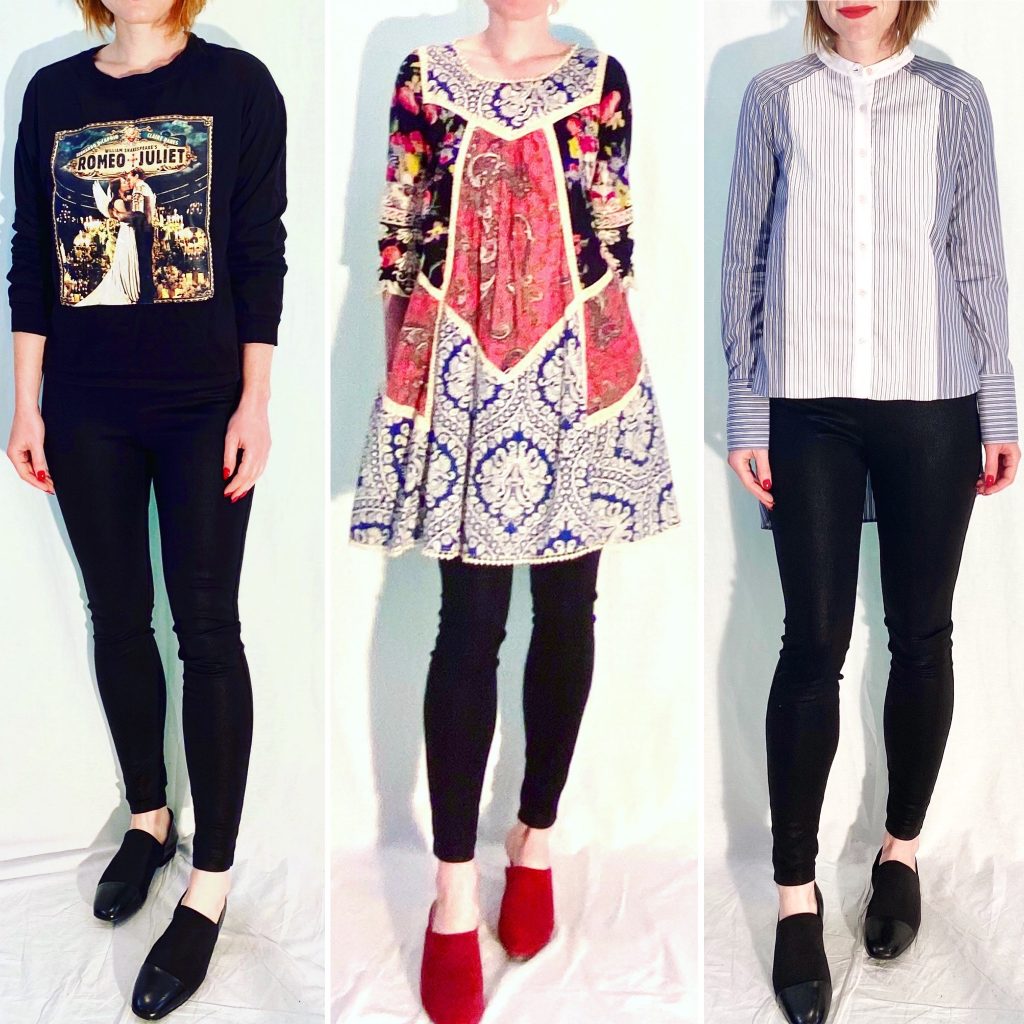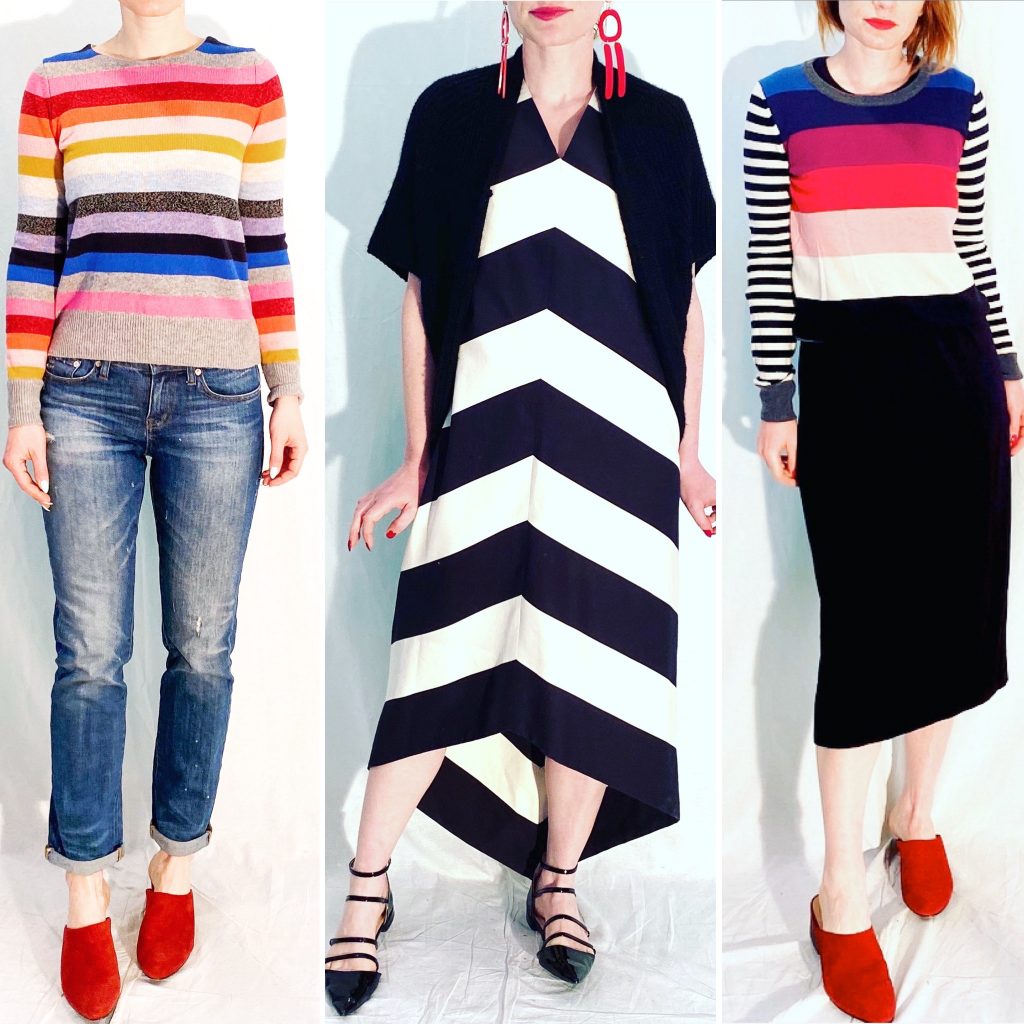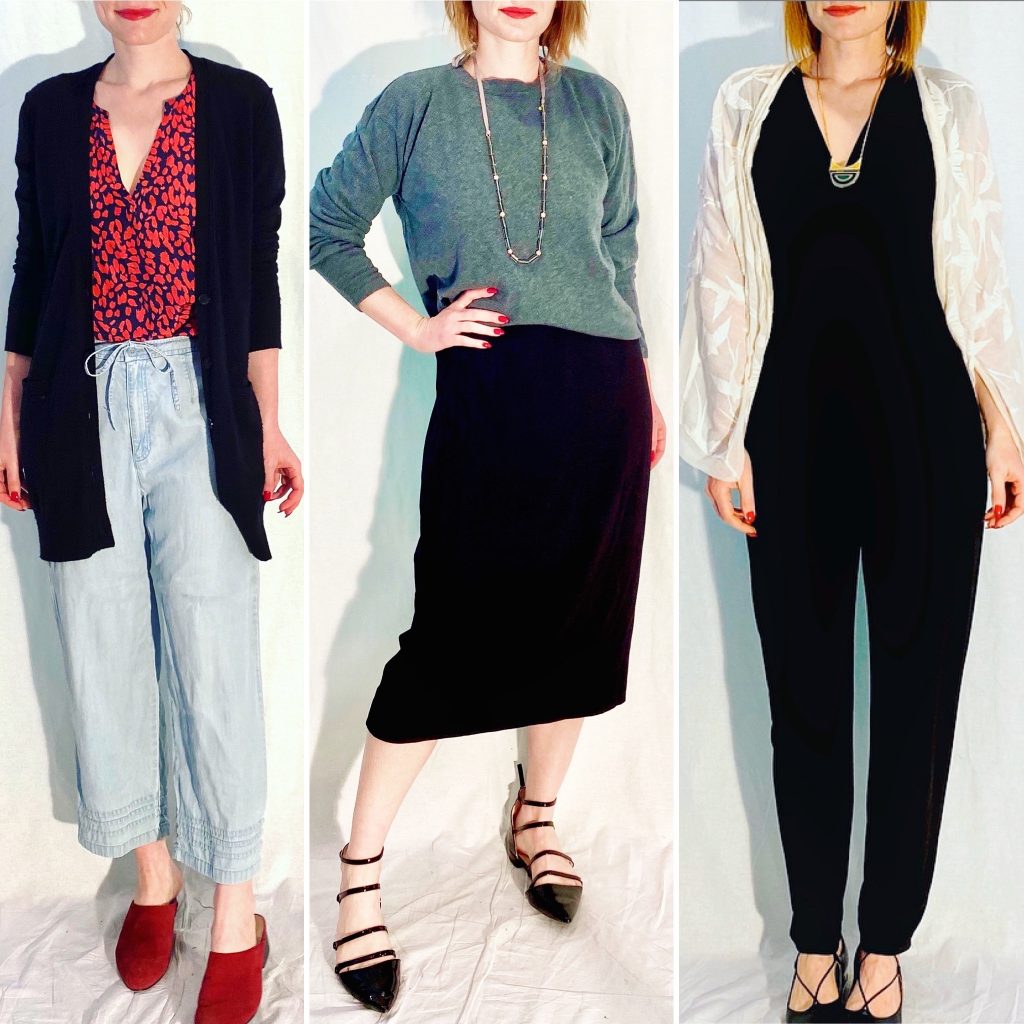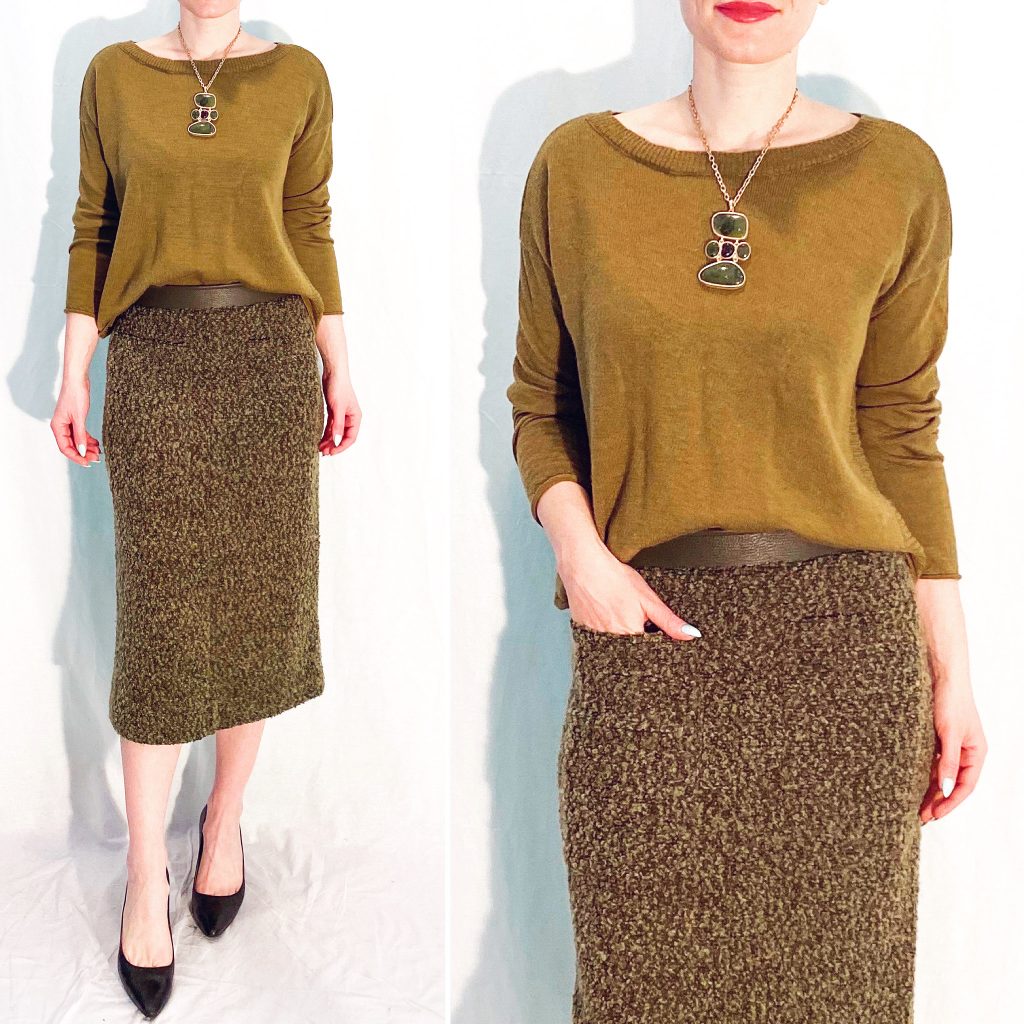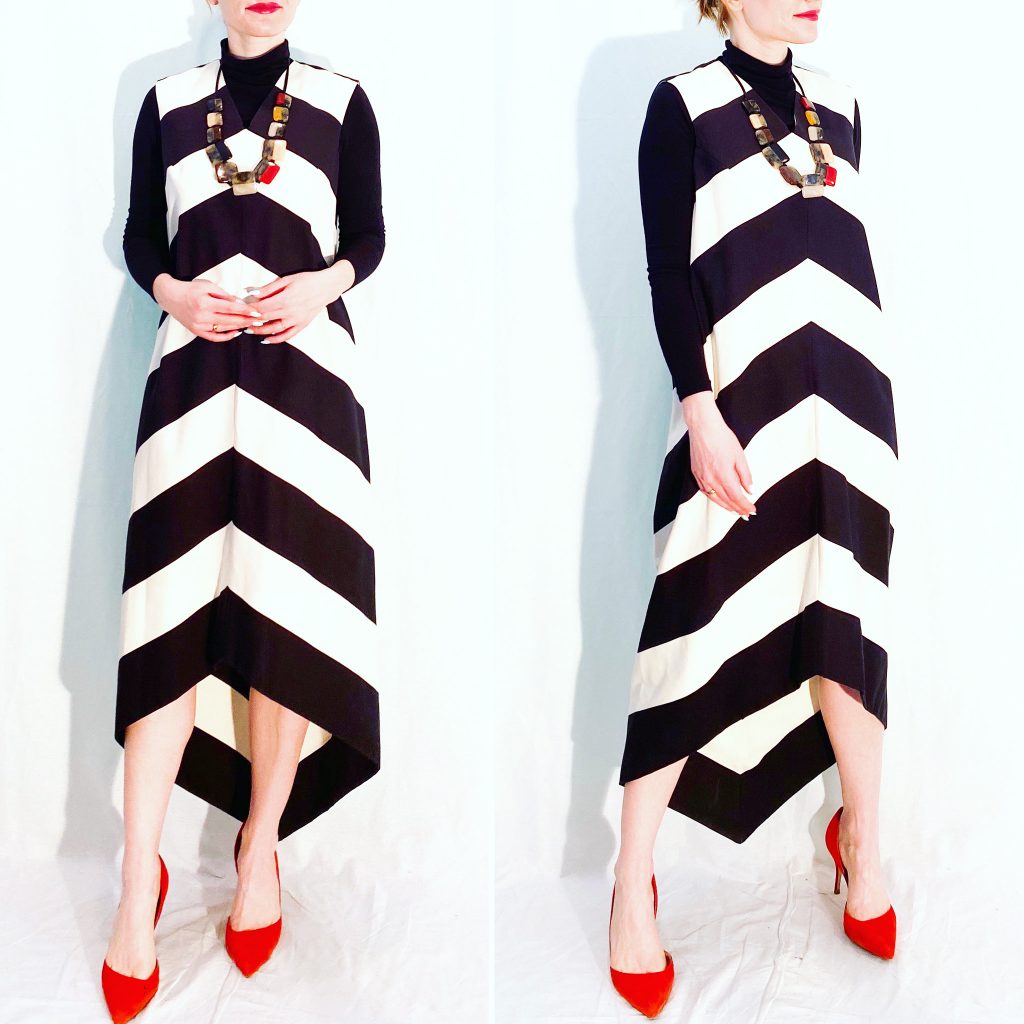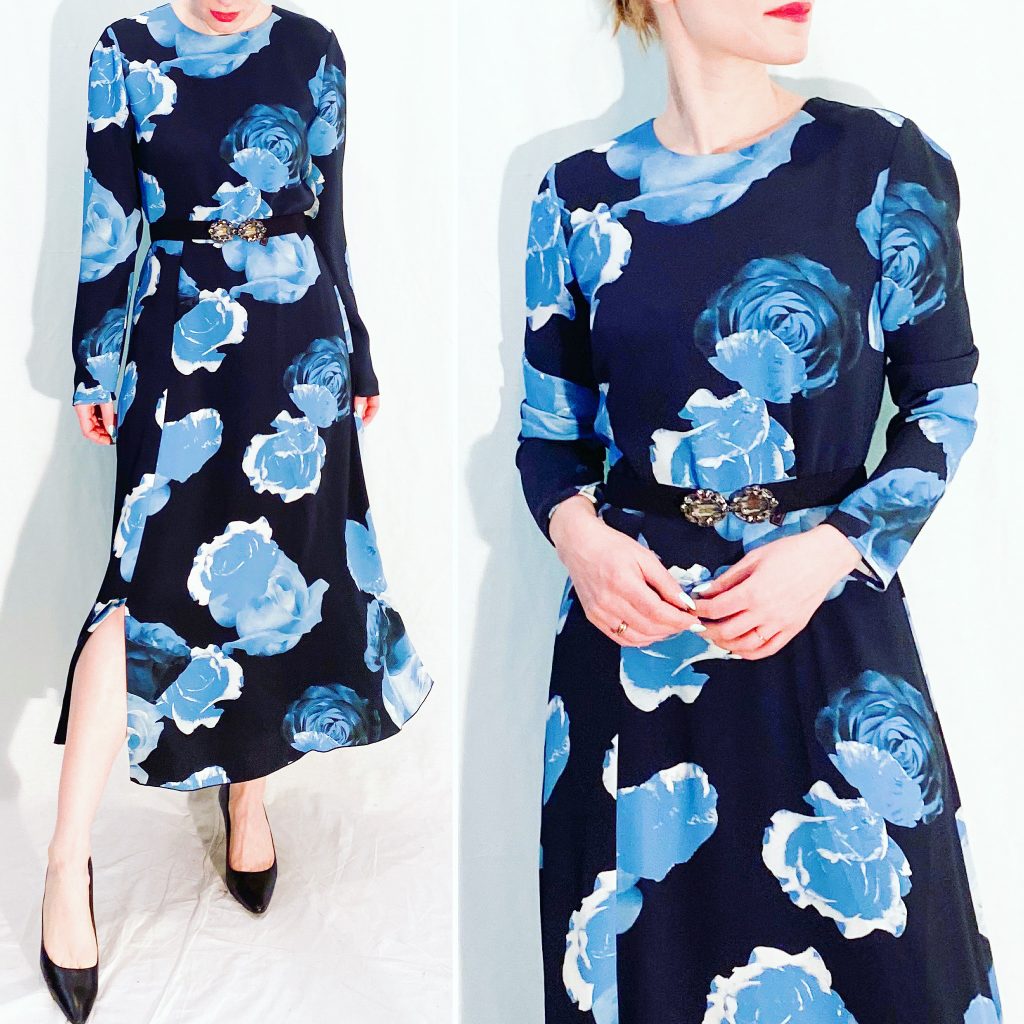Hello, friends.
I hope this post finds you well and safe.
I don’t know where to begin in describing the last month. Chances are that I don’t need to; unlike few other events in my lifetime, the experience of this pandemic is something we all have in common – for better or worse. I have given this some thought in recent weeks, and decided that it’s not something I want or feel able to write about, publicly, at this time. But life goes on, under redefined terms of normalcy, and I try to find ways to give meaning to each day. After all, now more than ever, each day is a gift. Sharing some of those meaning-giving things with my community on IG has been a source of solace at this time, so I am going to try to do the same here. Perhaps this can be a positive distraction for some of you as well.
I am fortunate to be able to work from home for the time being, so my days retain a somewhat familiar structure. That being said, between the commuting time I am “saving” and the fact I haven’t left the house in nearly a month (apart from short walks around my neighborhood), I’ve had a little bit of extra time on my hands. Some of it, of course, has gone into keeping my kids productively occupied as they have been out of school since March 13. The rest has gone into my usual hobbies: reading and crafting.
I’ll save my crafting adventures for another time; today, I’m posting a round-up of mini reviews for the books I have read so far in 2020. As my current tally sits at 33, well, you understand the need to keep things brief.
Witcher Series (Season of Storms, Last Wish, Sword of Destiny, and Blood of Elves) – Andrej Sapkowski
As you may remember, I was a big fan of the Witcher show on Netflix. The books are, as you may expect if you’re familiar with the show, pretty standard “high fantasy” fare. Last Wish and Sword of Destiny are technically collections of (inter-related) short stories, and provide most of the source material for the first season of the show. Season of Storms is a prequel of sorts and is a standalone novel. Blood of Elves continues the story of Geralt and Cirri. All of the books are good, but I didn’t love them as much as the show. The writing is decent but workmanlike, for lack of a better word. By comparison, I think George RR Martin is a more compelling writer.
My grade: B+
Guido Brunetti Series (Falling in Love, Wilful Behavior, By Its Cover, Beastly Things, A Question of Belief) – Donna Leon
This is a police procedural mystery series set in Venice, featuring Commissario Brunetti as the main character. I find this series different from others in this genre because it focuses more on the main characters’ lives than, say, the forensic aspects of detective work. Let’s put it this way: the books are not a bad way to learn about what it’s like to live in Venice. It many ways, the series reminds me of Michael Dibdin’s Aurelio Zen books, albeit with less “nefarious behind-the-scenes cabal” business.
My grade: A-
Greeks Bearing Gifts – Philip Kerr
This is part of the Bernie Gunther mystery series, featuring the (mis)adventures of a one-time Berlin police detective. The series spans from the late 30s to the 60s, with a focus on Bernie’s professional and other entanglements during WWII, and their ramifications in the post-war era. I found the first few novels in the series really interesting but it’s been a case of diminishing returns, to be honest. I still pick up these novels when I find them on clearance sale or thrifting, but they’re not favourites. The plots are dependably super complicated – with double, triple and quadruple crosses – and Bernie is a prototypical hardboiled detective straight out of a Raymond Chandler novel so if that’s your bag, this may be a series you’d like.
My grade: C
All Souls Trilogy (Discovery of Witches, Shadow of Night, Book of Life) – Deborah Harkness
I adored this series – definitely among the most enjoyable books I’ve read so far this year. The best way I can describe it is as “Twilight for the over-40 crowd” – the main characters are a veritable soup of fantastical characters, and the main plotline is the (forbidden, natch) love story between a witch and a vampire. While the “vampire is super controlling/obsessive with love interest” trope definitely shows up, I did not find it as off-putting here as in other books. Ditto for the “Mary Sue heroine”. What can I say? I am a sucker for Diana + Matthew. I think a lot of that is down to Harkness’ writing – I find her prose goes down so easily, I could devour each book (not short!) in no time at all.
I should add that I also quite enjoyed the TV adaptation, in large part because Teresa Palmer and Matthew Goode are both highly delightful people. However, although the show is a pretty faithful adaptation (season one covers book one), I found it less fun overall than the books. I am, nonetheless, very excited to see season 2.
My grade: A (all three)
Mother Tongue – Bill Bryson
This is a book about the evolution of the English language. As a non-native speaker, I love these kinds of books because English is quirky AF and it’s interesting to read about how and why it’s developed the way it has. Also, Bill Bryson is a literary god who can make any topic whatsoever intensely fascinating.
My grade: A
Eleanor Oliphant is Completely Fine – Gail Honeyman
I picked this up for my vacation on a recommendation, and it was a quick, easy read. It bears some superficial similarities to Eileen by Ottessa Moshfegh, but whereas that novel is quite dark in tone and overall story, Eleanor is much lighter and heart-warming. If you enjoy quirky heroines who are somewhat unreliable narrators, then you’ll probably like this one.
My grade: B+
Life on Mars – Mary Roach
I love many of Roach’s other novels, especially Stiff and Gulp. Life on Mars is all about humankind’s obsession with going into space. Not a topic that is of particular interest to me, but as with Bill Bryson, I knew I would enjoy the writing in any event. And I did … although I found the book as a whole somewhat “thin”. The really interesting material could have been compressed into a much shorter book, or even an extended essay.
My grade: B
A Fatal Inversion and House of Stairs – Barbara Vine
Barbara Vine is a pen name for Ruth Rendell, one of my favourite contemporary mystery writers. Her novels under the Vine name tend to be dark, psychological tales rather than straight-forward murder mysteries. House of Stairs was excellent, loosely inspired by the central plot of Henry James’ Wings of the Dove. A Fatal Inversion had a fantastic premise and twist, but its treatment of one of the main characters (a POC) was a bit iffy.
My grade: B and A- respectively
Collected Short Stories – Ngaio Marsh
Ngaio Marsh is another one of my favourite mystery writers, but this book was a rip-off. It contains a half dozen stories only, all of them available in other collections, and none as good as her novels.
My grade: C-
Lasting Damage and Next To Die – Sophie Hannah
I feel like Sophie Hannah is my new Tana French. Her plots are bonker balls, in the best way – Lasting Damage in particular. I did find that the books tended to run out of steam towards the end, and the twists/reveals didn’t quite live up to the promise of the original premises, but they were quite engrossing regardless.
My grade: B+ (both)
First Man in Rome – Colleen McCullogh
Picked this up on a whim, and it ended up sparking a renewed interest in ancient Rome. I will be honest and confess I skipped some of the political discussions – the book is EXTRA long – because I couldn’t wait to read more about the characters and their personal lives and machinations. This is part of a series on the Roman republic, and its focus is Gaius Marius and Cornelius Sulla – initially friends and allies, later rivals, and two of the most important figures in the decades before the rise of Julius Caesar. I am currently reading Caesar’s Women, a latter novel in the same series.
My grade: B
Vera Stanhope Series (The Crow Trap, Telling Tales, Hidden Depths, Glass Room, The Moth Catcher) – Ann Cleeves
Ann Cleeves is favourite new (to me) mystery writer and I absolutely adore this series featuring Inspector Vera Stanhope. She’s ornery and not especially likable but she’s also brilliant and riveting. The mysteries are well-plotted and excellently written. There is a strong emphasis on the psychology of the characters, which isn’t everyone’s cup of tea but which I love. Cleeves’ writing reminds me a lot of PD James, who is one of the all-time best mystery writers, in my opinion.
My grade: A, A, B+, A-, B+
The Unruly Queen – Flora Fraser
This is a biography of Queen Caroline, consort of King George IV. George and Caroline were notorious for their stormy marital relations – they basically lived apart almost immediately after their marriage, and battled for the rest of their lives. Caroline was, famously, physically barred from George’s coronation even though they remained legally married at the time. In principle, this is the kind of biography I would love – Caroline was a non-conformist and contrarian, although many of her complaints against her spouse were well-founded – but I didn’t especially enjoy this book. For all her merits and her somewhat scandalous life, Caroline was not a particularly interesting person and the book dragged quite a bit in parts.
My grade: B-
Venus of the Empire – Flora Fraser
This is a biography of Pauline Bonaparte, younger sister of Napoleon. This book suffered from the fact that its subject was a rather unlikable person and not all that interesting in her own right, despite a very eventful life much of which was spent in proximity to famous historical figures. I think in the right hands, Pauline’s story would make for a juicy saga, but Fraser is too staid of a writer/historian for that.
My grade: B-
Still Life and The Murder Stone – Louise Penny
These are part of the Armand Gamache police procedural series set in Quebec, Canada. I didn’t especially love Still Life (the first book in the series) but picked up The Murder Stone on a whim at the thrift store and found it much more enjoyable although, overall, I don’t like this series as much as the Brunetti or Vera Stanhope ones.
My grade: C and B (respectively)
The Paying Guests – Sarah Waters
This book was not what I expected based on the dust jacket blurb, and I’ll save you the surprise should you decide to read this. The story is set in the early 20s following WWI. Frances and her mother, who are middle class but down on their heels after the death of the head of the family, decide to take in a couple of renters (or “paying guests”) – the Barbers – into their house to help make ends meet. This sets off a whole chain of events that leads to (but doesn’t end) with a death. It’s a well written psychological drama, reminiscent in tone/atmosphere to Barbara Vine/Ruth Rendell. I found the first part of the book more engrossing than the second, and wasn’t a huge fan of the ending.
My grade: B
SPQR – Mary Beard
This is a history of the Roman Republic. I barely made it about 1/3 of the way, and couldn’t finish it. I didn’t like the writing style or Beard’s approach to story-telling.
My grade: D
Natasha: The Biography of Natalie Wood – Suzanne Finstead
This was a good, straightforward Hollywood biography. I found Finstead a sympathetic and sensitive biographer, which is especially important with a story as fundamentally sad as Natasha’s. I think it was that aspect which made me not enjoy the book as much, on the whole, as other Old Hollywood bios; it’s not for me to characterize Natasha as a victim (as I don’t think she would have, herself, based on the way Finstead describes her) but her story made me really sad.
My grade: B
Gods Behaving Badly – Marie Phillips
I loved the premise of this book – the Greek gods living in modern day London, getting up to all sorts of shenanigans – but found the actual story only so-so. The Orpheus-and-Eurydice twist was right up my alley (I used to be obsessed with that myth when I was a teenager) and while I enjoyed the human protagonists, the mythical ones were disappointing. I much prefer Phillips’ other novel, The Table of Less Valued Knights.
My grade: B
Augustus: The Life of Rome’s First Emperor – Anthony Everitt
As the title indicates, this is a book about Gaius Octavius Caesar, aka the emperor Augustus, adopted son (and nephew) of Julius Caesar. It’s a fairly straightforward, no frills biography.
My grade: B+
The Secret Lives of Colour – Kassia St. Clair
Ostensibly a book about the history of colours, it’s more of a short encyclopedia of a selected number of colours (75 in total). Each one gets a 2-3 page short entry, focusing on one or two historical anecdotes. I enjoyed each “chapter” and found lots of new information, but I wish they were longer and more tied together into something resembling a narrative. I also found some of the omissions strange – like, why is there no entry for turquoise or aqua? Admittedly, I am biased as that is one of my favourite colours, but still.
My grade: B
That’s it for my reading list to date. Please feel free to share any good book reccs you might have.
